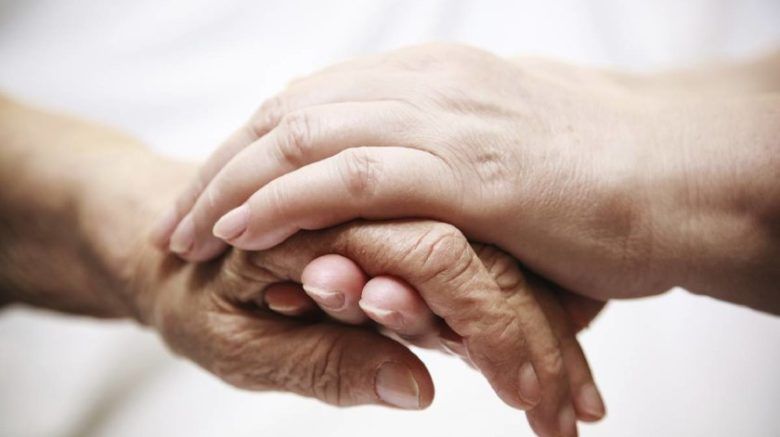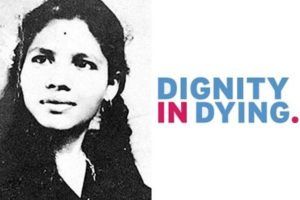Euthanasia- A Death By Choice?
May 11, 2019 • 8 views

Death is an inevitability. But for the one suffering an ill-health life, seeking peace with every breath; death is a boon in disguise.
What is Euthanasia?
Euthanasia is defined as the painless killing of a patient who has been suffering from an incurable disease. As a secular country, if a person can rightfully demand the right to live; isn’t the right to death an equally important aspect?
As of March 2018, the legality of active human euthanasia is present in the Netherlands, Belgium, Colombia, Luxembourg, and Canada. Assisted suicides are legal in Switzerland, Germany, the Netherlands, and in the US states of Washington, Oregon, Colorado, Hawaii, Vermont, Montana, Washington DC, and California.

Euthanasia has been a controversial topic for a long time now. There have been huge debate groups, conflicting with the ideas of mercy killing as an option of death.Various non-governmental organizations have put forward their ideas and thoughts, to promote Euthanasia. But, there has been a few glitches in the system. The risk of misusing Euthanasia has always been the main concern of the authorities. In the year 2015, there was a mass ‘without consent’ euthanization of 431 people in the Netherlands. This led a strong evidence to the nay-sayers of the verdict.
Moreover, Euthanasia has been strongly opposed by the doctor-community, since euthanizing means killing of a person under the consent and assistance of a doctor, which is against the ethics.
Need for Euthanasia
A patient, laying brain-dead, body functioning supported by medical equipment and machines; or maybe a perfectly independent person once, now bed-ridden and completely dependent on a third person for even the minimal requirement, due to a tragic occurrence. People like them deserve a death of dignity. Barely surviving on medical availability isn’t a life worth living. The trauma and the stress, that the family goes through to see their loved ones face the disability can never be measured with words. Euthanasia is a necessity, for the sake of humanity lest it is abused for mean intentions.
Law of Euthanasia in India
Although there has not been legalisation of active euthanasia in India, since March 2018, passive euthanasia is legal in India under strict guidelines. The foremost being, the patient must be terminally ill or in a vegetative state(brain-dead). The matter of Euthanasia was brought to light after the Aruna Shanbaug case.
Aruna Shanbaug was a nurse working at the King Edward Memorial Hospital in Mumbai. On November 1973, she was attacked and strangled by a sweeper of that hospital. During the attack, she was strangled with a chain, that led to oxygen deprivation to her brain. This had left her in a vegetative state since. Her friend, a social activist, Pinki Virani filed a petition in the Supreme Court stating, “continued existence of Aruna is in violation of her right to live in dignity”.

The court rejected her plea but gave ways to passive euthanasia. Passive Euthanasia is referred to as consent killing but through indirect methods. Instead of injecting with death drugs, patients are refrained from treatment or food. But Passive euthanasia will be applicable only after the consent of family members or relatives or the spouse.
Although a step has already been taken, but the law is yet to configure the value of human life. There might have been instances of Euthanasia abuse, but that should not hinder a person to make the correct choice for himself or his family member. Every person has the right to live with dignity, then why shouldn’t death be a peaceful one as well?
A painless peaceful death can overcome even the most painfully led life!
Euthanasia- sometimes death can end suffering.
